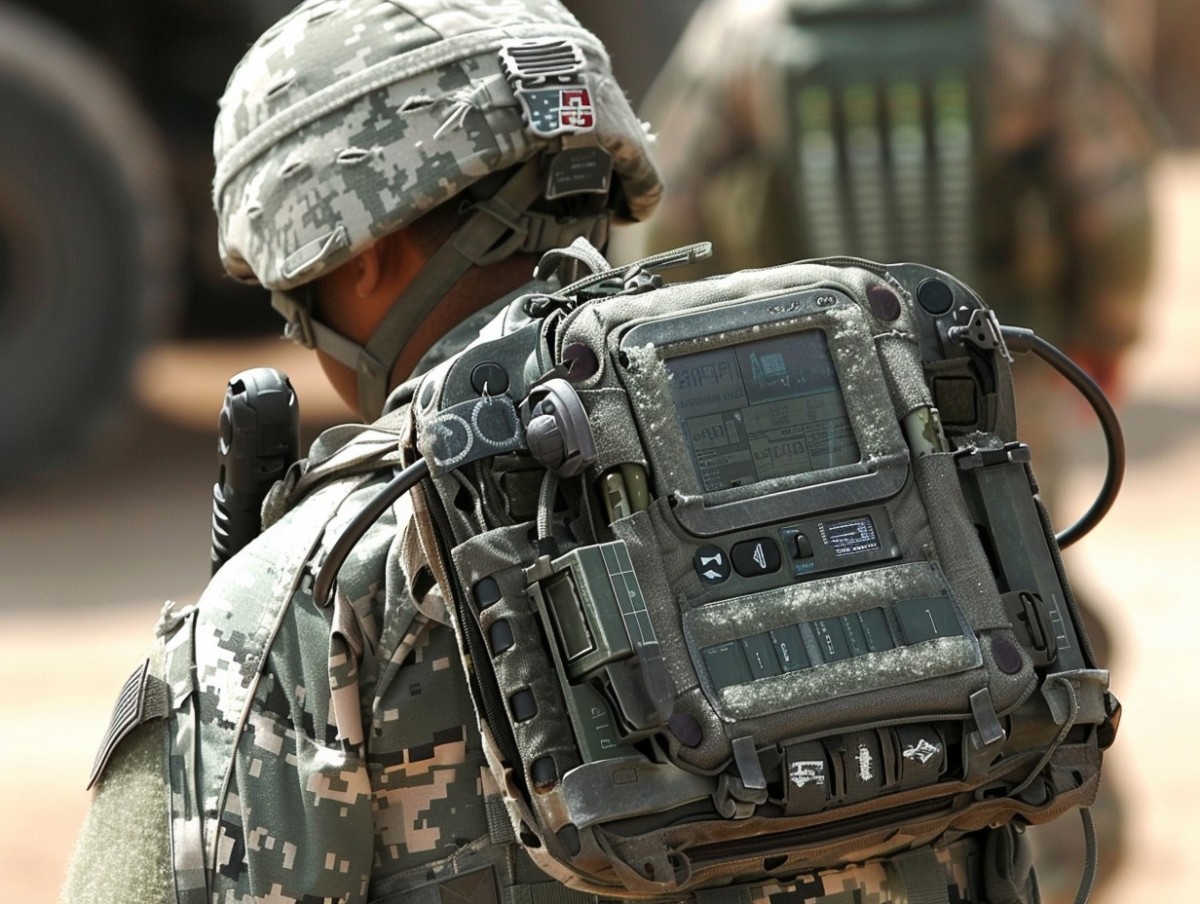The U.S. Army is setting a new standard in battlefield medicine with the introduction of cutting-edge wearable computers. This tech was developed by Tomahawk Robotics. It uses AI to document patient care automatically. It works even in areas without network access. It marks a significant leap forward in ensuring soldiers receive the fastest and most efficient medical attention in combat scenarios.
Tech specs for the U.S. Army
Tomahawk Robotics, a Florida-based innovator, has been selected to supply the Army with KxM Edge compute devices. These wearables are not just any computers. They have high-performance NVIDIA GPUs. They can run complex AI algorithms on the go. This allows medics to document patient care through passive sensors and AI, making real-time decisions without relying on manual input or connectivity.
The devices are designed to be rugged, enduring the harsh conditions of battlefield environments. They support many military uses beyond medical documentation. These include mapping, electronic warfare, and signals intelligence. This versatility makes the KxM Edge an invaluable tool for modern military operations.
Real-time data for immediate action
One of the standout features of the KxM Edge is its ability to process vast amounts of data quickly. Rapid data processing is crucial. It reduces the load on soldiers and medics and lets them make quick, informed decisions. The Kinesis Ecosystem software enhances this. It does so by helping unmanned aircraft and other assets work together. Also it gives them full situational awareness.
Seamless integration
The KxM Edge computers have an open architecture. This ensures they can fit smoothly with existing military hardware standards, like Nett Warrior. They also work with standard MOLLE mounting systems. This allows for easy wear and access during critical moments.
The initiative by the U.S. Army and Tomahawk Robotics highlights the growing importance of AI in military operations. It also sets a new benchmark in battlefield medicine. By harnessing the power of wearable computing and AI, the Army aims to improve the quality and speed of care provided to soldiers. This will result in saving more lives during combat.
The adoption of AI-powered wearables shows the military’s commitment to tech advancement. The evolution of this technology promises to change military medicine and combat operations. It has the potential to provide real-time, self-documenting, decision-making support. The future of battlefield medicine looks better than ever.





